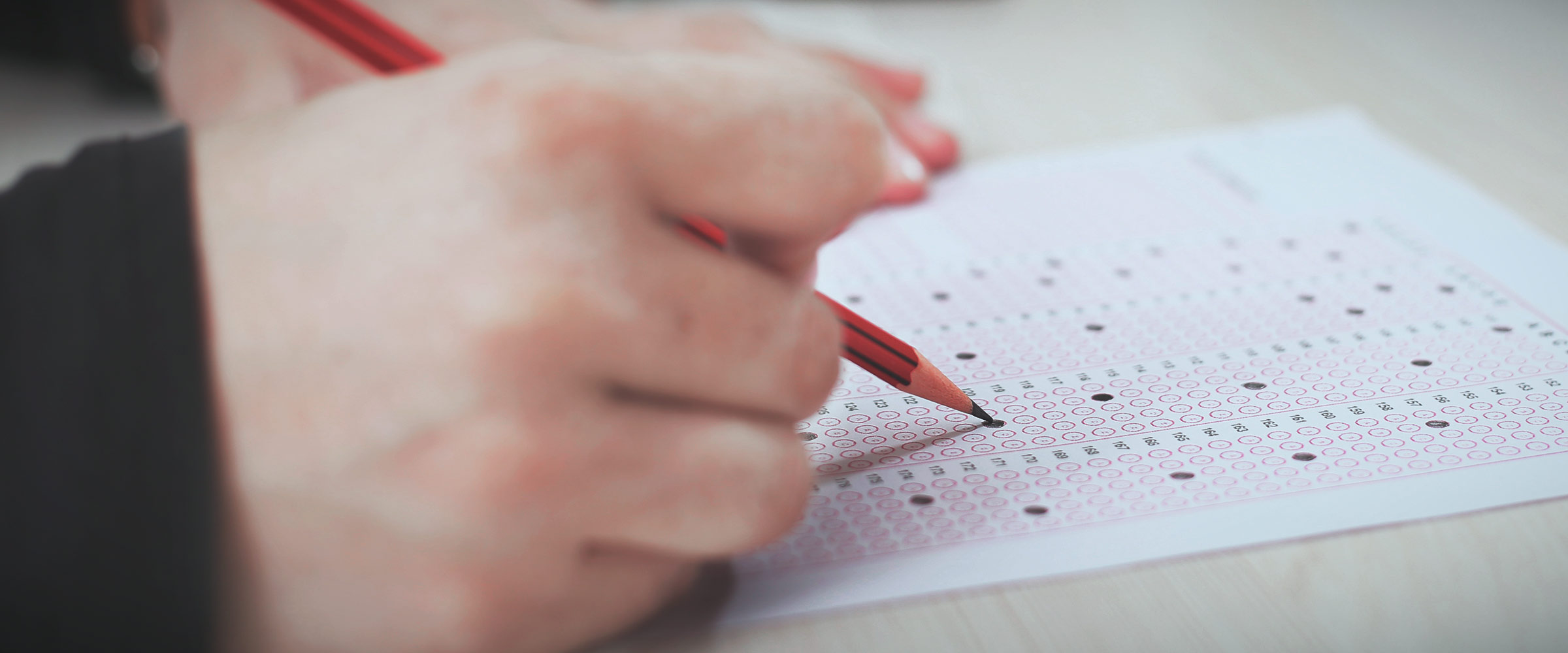Speech and language pathologist Katie Matthews introduces students to “Get Ready, Do, Done” a useful model that supports executive functioning challenges. She then takes a deeper dive into the model, sharing how it can be maximized for academic assignments. Need some guidance on how to tackle that term paper or complex project that’s a big part of your grade? Read on! (You can do this later, or download a blank “Get Ready, Do, Done” chart now.)
Overview
We often hear about the challenges of navigating the neurotypical social world for autistic students, and sometimes that can eclipse other equally or even more important concerns for some. As Maureen Bennie, creator of the Autism Awareness Center, points out, “For some people with ASD, social and communication difficulties are not the primary issue. They are socially engaged and are doing their best to communicate frequently, but they are unable to respond in a timely and organized way to the requests of parents and teachers, or to organize and initiate sophisticated play because they have considerable difficulty with executive function.” According to Hughes (2013), executive function is defined as “an umbrella term that encompasses the set of higher-order processes (such as inhibitory control, working memory, and attentional flexibility) that govern goal-directed action and adaptive responses to novel, complex, or ambiguous situations.” For some autistic students, deficits and difficulties in these areas can impact their social, emotional, and academic areas of life significantly, and despite their best efforts to study “harder,” work in groups, and meet with tutors, they find themselves having difficulty keeping up with a college workload and may be classified as not caring or being forgetful.

The “Get Ready, Do, Done” model—created by speech and language pathologists and experts in executive function support Kristen Jacobsen and Sarah Ward—is a strategy for developing independent executive functioning. It aims to help students with the planning, organizing, and problem solving needed for future success. According to Strategies for Improving Executive Function Skills to Plan, Organize, and Problem Solve for School Success we know that executive functions allow us to:
- Demonstrate situational awareness – Read the Room
- Predict possible outcomes and Recall past experiences
- Generate a plan to achieve that outcome (even if it is a novel event)
- Initiate appropriate actions and or responses to achieve this outcome
- Monitor in an ongoing manner the success or failure of one’s behavior
- Modify performance based on self monitoring and situational (planned vs. actual)
- Shift flexibly between activities (awareness of expected and unexpected outcomes) (Ward, 2016)

By practicing the steps of self monitoring over and over, predicting and talking about the future, thinking about what emotions you will feel when that future goal is met, and being willing to monitor and modify as you go, you can get better at achieving the results you want.
The Get Ready, Do, Done model – download blank “Get Ready, Do, Done” chart
- First, look towards the future and identify what it is you want TO DO.
- Next, you imagine what it will look like when it is DONE.
- You then work backwards, thinking of all the STEPS you need to do to complete the task.
- Lastly, you think about the materials you need to get READY. Example: Writing an exam paper.
Looking to the Future

When it comes to tackling an academic task, first look at the end goal. After you’ve prioritized assignments and know what is the most immediately important, choose your focus. Are you studying for an exam, writing a paper, developing a presentation, or hosting a social club event? What will it look like when you are finished? For a paper, that is a fairly straightforward question. You will have a polished and edited paper filled with just the right content and submitted to your professor in the format they have required. You might even look at the rubric and consider all the aspects you will be graded on. For more ambiguous goals, such as being prepared for a physics test or giving presentation on a type of alternative energy source, the ending “look” might be yourself feeling relaxed and prepared, being able to confidently discuss the topic at hand, and eager to show your knowledge.

Compare and contrast this assignment or project to others you have completed in the past. Think about how satisfied you were with the outcome and whether you’d like to do anything differently. Be ambitious and optimistic about your end product, without being unrealistic. By naming and evaluating what you want as an end goal, you are getting ready to hold yourself accountable while having a clear idea regarding what it is you want to accomplish.

Next, think about what steps you need to take to arrive at this end goal. This is a good time to remember visual and graphic organizers you’ve found helpful in the past (or have wanted to try). Also, think about what your work environment will be. For example, does this task involve preliminary tasks such as cleaning up your desk first or going to the library? How much time will you allot this large task? Is it going to take many weeks, where you can chart out mini goals along the way and time manage around your other commitments, or is this something you want to commit two hours to finishing all in one shot?
Set a check-in for halfway through to assess whether you are on task and moving in the right direction. For long term projects or assignments, you can even set up mini “get ready, do, done” sections along the way. For example, you might say to yourself, I will finish the introduction within the hour. When it is done, it will have a hook, the proper citations, and will convey my main idea. To get there, I will need to:
- Pack my backpack with my laptop, class notes, and textbook.
- Head to, and find a quiet space at the library to work.
- Set timer.
- Read Chapter 8. (HALFWAY CHECK IN)
- Choose a stance on the issue to argue for, per my professor’s assignment or the rubric.
- Use at least one quote in the introduction to back up my claim.
- Use 3 details to support this.
- Close with an inviting hook to keep the reader interested.
 Set a timer or alert on your cell phone or laptop to go off after 30 minutes to help you assess whether you have finished reading the chapter or have gotten sidetracked.
Set a timer or alert on your cell phone or laptop to go off after 30 minutes to help you assess whether you have finished reading the chapter or have gotten sidetracked.
Even though the introduction is just one part of a finished paper, and can very well be edited later, setting out the steps ahead of time will help you remain on task, not waste time, and know when to stop over analyzing it and move on. You can always go back at the end to edit.

Lastly, look at your steps and see what you need to GET READY. For this example, you will need to figure out where your book is, where your laptop is, where the professor’s assignment is written, where your graphic writing organizer is, etc., and gather all of your materials together. There is nothing worse than arriving at your study location and then realizing you forgot an essential item. It will also increase your chances of losing your train of thought, getting sidetracked, or starting to work on a completely different assignment, which will slow down your overall productivity.
Do you work better while chewing on gum, or is it important that you bring water and a snack with you? Are noise canceling headphones necessary to block out distracting noise and ensure no one strikes up a distracting conversation? Do not forget to include these items when getting ready to tackle your work. Lastly, assess whether you feel ready to work. Are you antsy and unmotivated? Think about what strategies help you get into your working mode. For some people that’s taking a walk and moving their bodies, for others it’s noticing that it’s getting late and going to sleep to start fresh early in the morning.

When you have outlined these three steps, you are ready to DO, to get started. Don’t forget that you may still need to be flexible in case things change, a task takes a lot longer than expected, or you are interrupted. However, by being prepared, it will be easy for you to pick up just where you left off and continue moving through the steps required for success. When you are finished, look back at your DONE notes.

Do you feel the way you expected or hoped to feel? Does your paper have all the parts it needed for a grade you are happy with? Go back and check what can still be edited or bettered, or whether the assignment is ready to be handed in. As you practice this model, it will become more automatic. Many school tasks become routine, and a project you worked on for one class will remind you of another one.
Have you tried the Get Ready, Do, Done model? Did it help think about the big picture, the sequence necessary to arrive there, and time management?
What other executive function strategies do you find helpful for academic success? Let me know in the comments below!
For related resources, try How to Use Your Phone, Calendar, and Daily Planner to Master Your College Schedule: a Video for Autistic Students and Autistic and Unsure About How to Approach Your Professors? Dr. Julia Leverone Walks You Through the Steps.
References:
Barkley, R. (2012). Executive Functions: What They Are, How They Work, and Why They Evolved. New York, NY: The Guilford Press.
Hughes, C. (2013). Executive Function: Development, Individual Differences, and Clinical Insights. In John L.R. Rubenstein, Pasko Rakic (Eds.), Neural Circuit Development and Function in the Brain (pp. 429-445). Waltham, MA: Elsevier Books.
Ward, S. (2016). Strategies for Improving Executive Function Skills to Plan, Organize, and Problem Solve for School Success. Retrieved from http://www.glenbardgps.org/wp-content/uploads/2016/06/sarah-ward-executive-function-lecture-handout-December-6-2016-Glenbard-IL.pdf.





